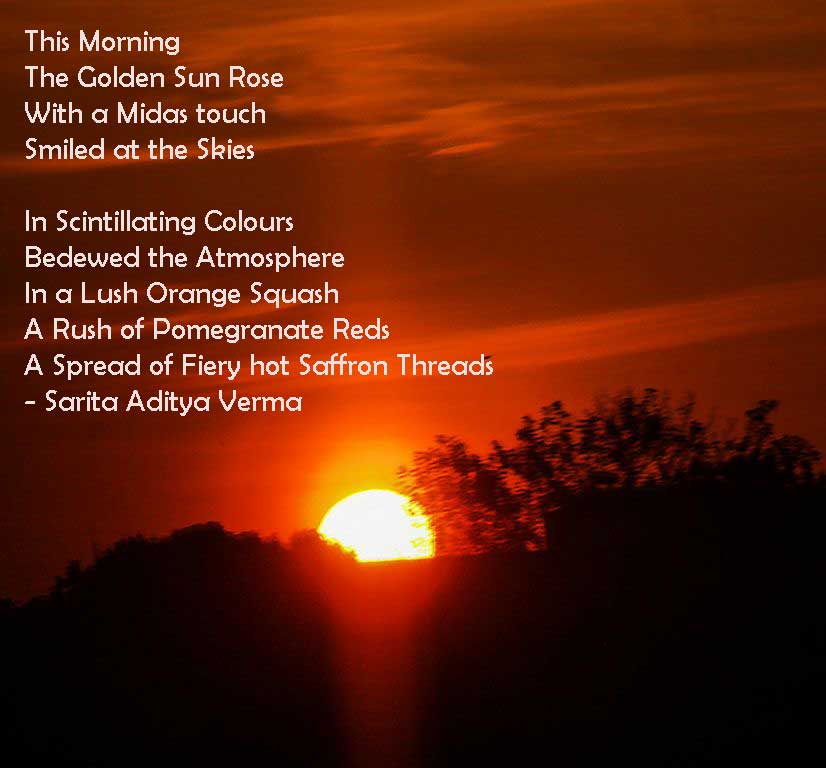“Do not forget to show hospitality to strangers, for by so doing some people have shown hospitality to angels without knowing it.” – Hebrews 13:2
World Refugee Day was established by the United Nations General Assembly in 2000 to honor the contributions of those we do not know, refugees throughout the world, and to raise awareness about the growing refugee crisis in places like Syria and Central Africa and to focus on ways to improve the lives of refugees. It is a day that builds empathy and awareness of the plight of these people.
What is a refugee? Refugee” is a legal term used to define an individual who:
“…owing to well-founded fear of being persecuted for reasons of race, religion, nationality, membership of a particular social group or political opinion, is outside the country of his nationality and is unable or, owing to such fear, is unwilling to avail himself of the protection of that country; or who, not having a nationality and being outside the country of his former habitual residence as a result of such events, is unable or, owing to such fear, is unwilling to return to it.” (1951 Geneva Refugee Convention.)
Many of the characters we know in the Bible were refugees – Adam and Eve, Cain, Noah, Abraham and Sarah, Lot, Hagar and Ishmael, Isaac, Jacob, Esau, Joseph, Moses, Joshua, Naomi, Ruth, David, Elijah, Ezra, Nehemiah, Esther, Mordecai, Jeremiah, Ezekiel, Daniel, Jesus, Peter, John and much of the Early Church.
Scripture supports refugees. “So, show your love for the alien.”- Deuteronomy 10:17-19.
“Be a safe place for those on the run from the killing fields.” Isaiah 16:4
The Old Testament, particularly the first five books, is covered with references to the “stranger”.
An important New Testament passage about strangers is Matthew 25:31-40.” for I was hungry and you gave me food, I was thirsty and you gave me something to drink, I was a stranger and you welcomed me, I was naked and you gave me clothing, I was sick and you took care of me, I was in prison and you visited me”.
Scholars have argued that in the New Testament, “stranger” and “neighbor” are in fact synonymous. Thus, the Golden Rule, “love your neighbor as yourself,” refers not just to people whom you know—your “neighbors” in a conventional sense—but also to people whom you do not know.





